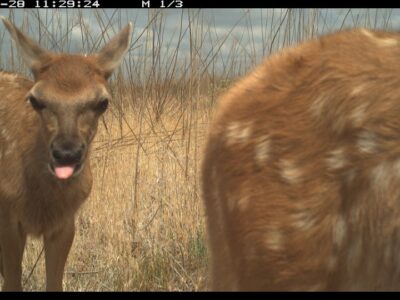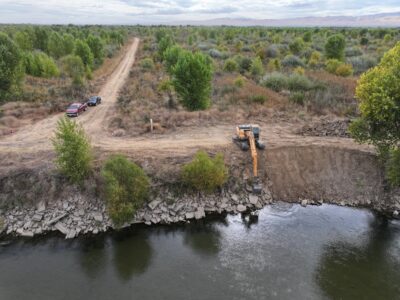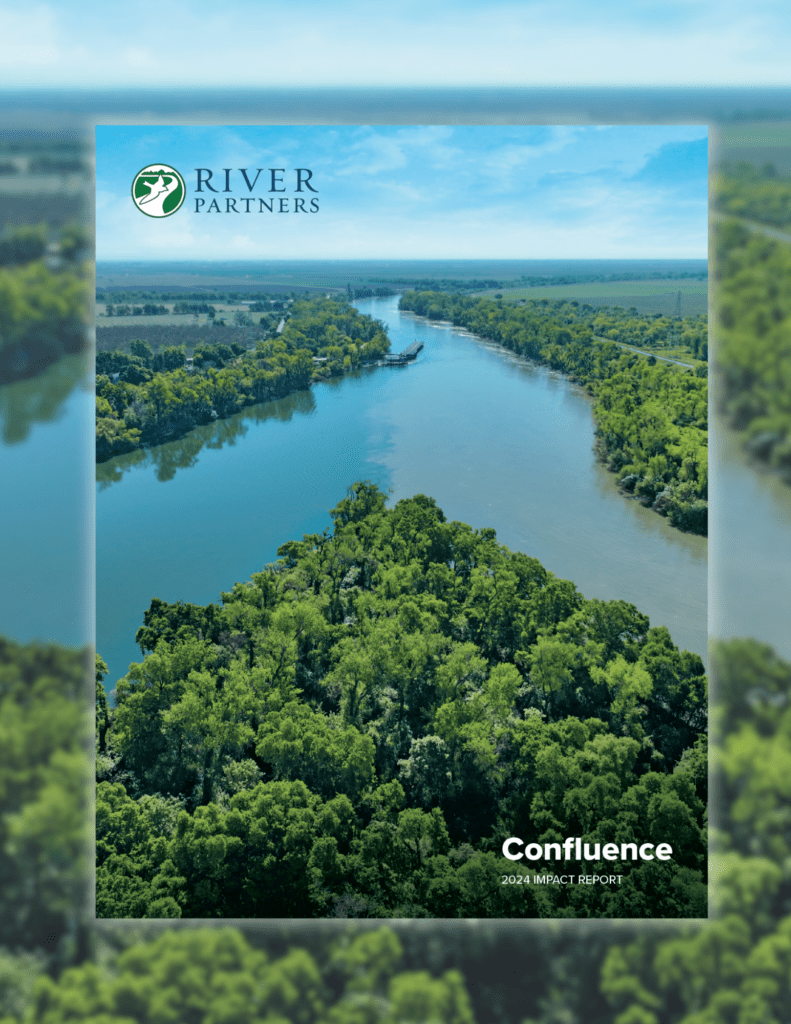
This article appeared in
River Partners’ 2024 Impact Report: Confluence
Please consider supporting our work with a donation.
We rely on support from individuals like you to fill a 20% gap in public funding and help us deliver every high-impact restoration project.
A generous donor has offered $20,000 to match gifts before year-end—meaning every dollar you give will go twice as far.
In the face of the twin crises of climate change and biodiversity loss, River Partners is accelerating riverway restoration at an unprecedented pace and scale. Last year, we secured nearly 3,000 acres for habitat recovery—more than any year in our 26-year history.
Over 95% of river ecosystems statewide have vanished due to development. Gone are millions of birds that once darkened Central Valley skies, hundreds of thousands of tule elk grazing on lush grasses, and countless grizzly bears that feasted on rivers and streams overflowing with salmon. However, these ecosystems are rebounding thanks to River Partners and our allies.
The pace and scale of investment into reversing extinction trends we’ve collectively put forth is not enough. We must redouble our efforts and expand habitat for imperiled species like Chinook salmon if they’re going to survive climate change. There’s no time to waste.
Mike Davis, River Partners Senior Restoration Science Ecologist
We are putting hundreds of thousands of native plants in the ground up and down the state, matching distinct and varied species to their historic locations. Along the Central Valley’s major rivers, wildlife are returning to nest, burrow, spawn, and breed in areas they haven’t inhabited in a century.

The restoration of a floodplain forest at our historic 1,600-acre Dos Rios Ranch Preserve near Modesto—which in June became California’s newest state park in over a decade—provides nesting for red-tailed hawks, habitat for migratory birds along the 4,000-mile Pacific Flyway, and a haven for pollinators like monarch butterflies. The expanded river habitat corridor at Dos Rios also provides flood safety, groundwater recharge, natural carbon capture, and outdoor recreation for a park-starved San Joaquin Valley.
We’ve replicated this blueprint for ecosystem recovery statewide, including at the 1,000-acre Panorama Vista Preserve along the Kern River in Bakersfield, which despite being one of the most ecologically imperiled rivers in the country, this year saw wildlife like beavers, coyotes, and bobcats return.

Along the Sacramento River, River Partners, federal agencies, and the Yurok Tribe are partnering to restore historic side channel habitat for imperiled salmon at many strategic locations between Redding and Colusa. Despite critically low populations of salmon statewide, our restoration teams see fish immediately utilize restored habitat to safely feed and grow strong before heading out to sea, increasing their chances of survival.
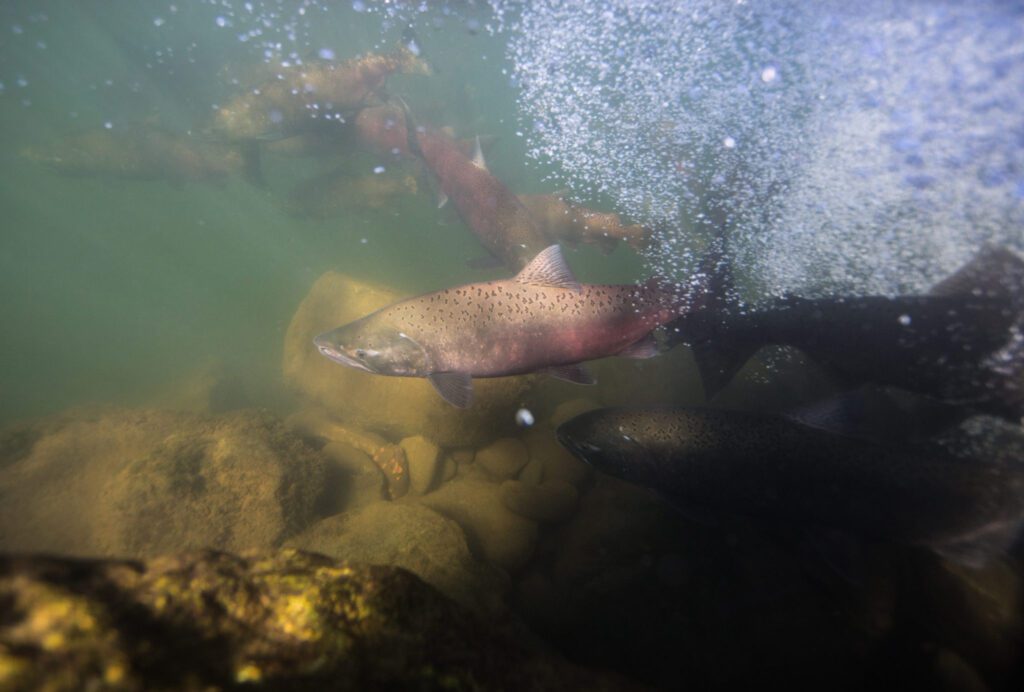
In the San Joaquin Valley, we are providing shelter, safety, and food for the endangered riparian brush rabbit. With just 5% of their habitat remaining statewide, these rabbits have fewer places to escape floodwaters. This year, we continued planting “bunny hills” where one of California’s most endangered mammals can find refuge during flooding.
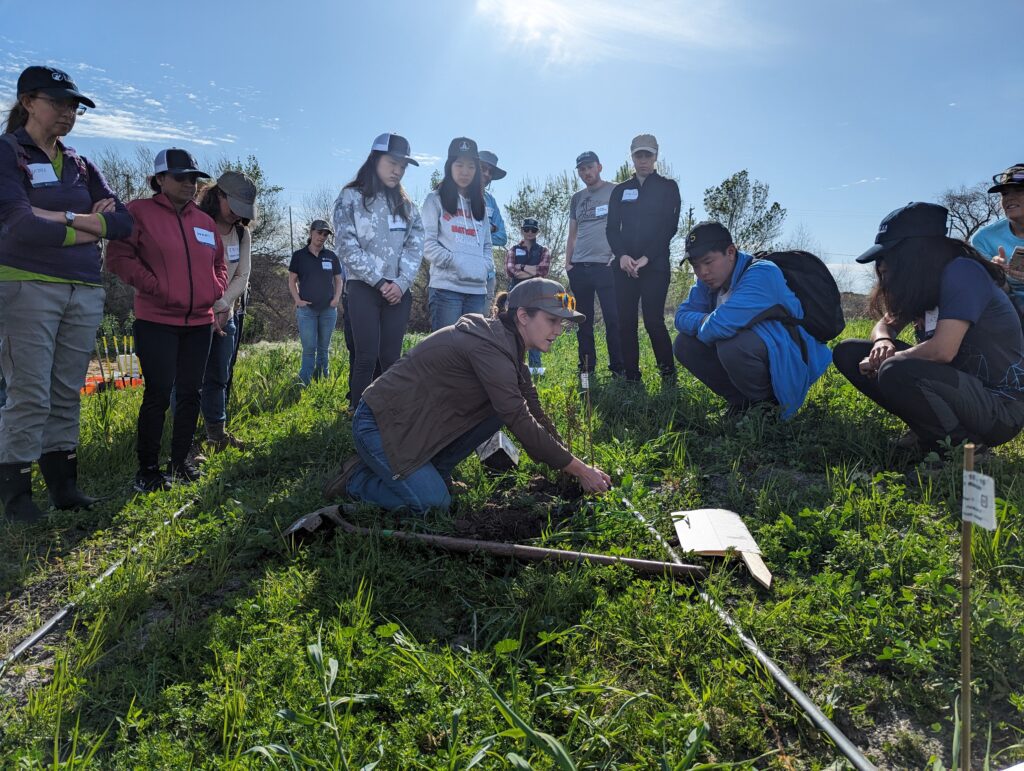
In Southern California, we’re restoring a native mesquite and cottonwood forest along the Alamo River near the Salton Sea. The area once was a mecca for birds including burrowing owls—and habitat restoration at the Imperial Wildlife Area will restore a vibrant area for wildlife and people to enjoy again.
Once degraded, our river forests are making a comeback. In restoring nearly 20,000 acres of river forest since 1998, River Partners is bringing life back to all of California and is boosting ecosystems—and that touches and benefits life everywhere.




